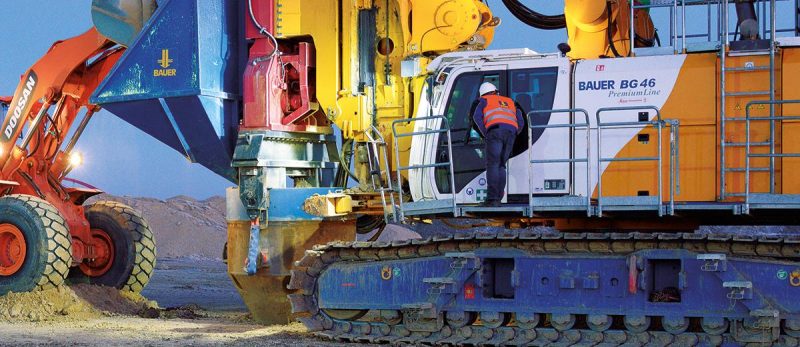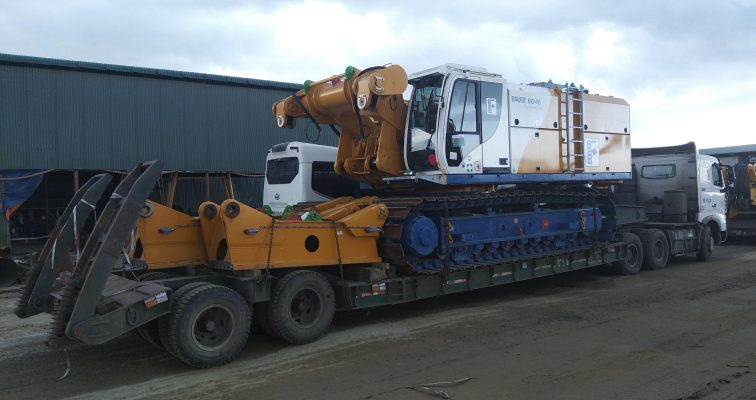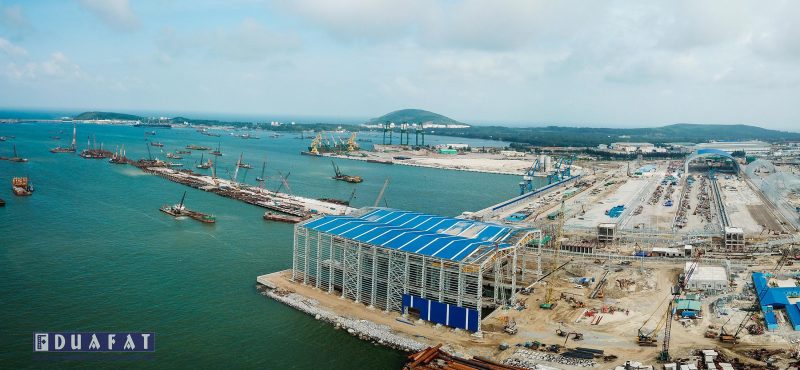Bored pile construction and traditional driven pile construction are two common foundation construction methods in the construction and civil engineering industry. Each method has its own advantages and disadvantages to suit the practical construction situation.
However, in recent decades, the bored pile construction method has become more popular than the traditional method due to its technical efficiency and time-saving benefits.
Let’s explore the pros and cons of bored pile and driven pile methods to answer the question: Why is bored pile construction preferred over traditional driven pile construction?

The Differences between Bored Piles and Driven Piles:
Driven Piles involve using precast piles designed according to the project requirements, then using pile driving machines to hammer the piles into the construction area. The size of the driven piles varies based on the project’s needs, and they can be square, long, or triangular in shape.
Bored Piles, on the other hand, are created using a construction method where a drilling machine is used to create boreholes, reinforcing steel is inserted into the holes, and then concrete is poured into the boreholes to create the reinforced steel piles directly at the construction site. The drilling can be done through various methods, such as manual digging or using modern drilling equipment.
Advantages and Disadvantages of Driven Piles:
- Cost-effective construction and lower material expenses due to the use of readily available materials, resulting in a more economical overall cost.
- Easy quality control of the piles.
- Time-saving construction, minimal disturbance to nearby piles, and reduced noise.
- Ability to withstand dynamic loads, enhancing reliability and lifespan of the structure.
- However, driven piles may not meet the requirements for deep foundations as their construction depth is limited.
Furthermore, driven piles cannot be used in narrow or weak terrains due to the size and weight of the machinery.

Advantages and Disadvantages of Bored Piles:
- Created directly at the construction site, making transportation of materials and supplies more convenient for the project owner.
- Bored pile construction does not cause soil heaving or settlement that might affect nearby piles and surrounding areas.
- Bored piles have larger diameters and cross-sectional areas compared to precast piles, resulting in higher load-bearing capacity.
- High safety levels in design and construction, along with high structural integrity and durability of the foundation.

Bored pile construction can use both self-drilling and manual drilling methods with electric drilling rigs, making it convenient for complex terrains.
The construction of bored piles has a higher cost compared to traditional driven piles, and it may also involve longer quality inspection and construction periods.

In conclusion, bored pile construction is preferred over traditional driven pile construction due to its convenience, better effectiveness in achieving foundation quality, and versatility in handling various types of terrains and environments. In Vietnam, Duafat Group is a leading company known for its expertise, technical personnel, and construction equipment in foundation work. Their technical team conducts surveys and evaluations for each project, recommending suitable construction methods to optimize time, cost, and effectiveness while ensuring a strong foundation for project development.


 VN
VN CN
CN KR
KR JP
JP